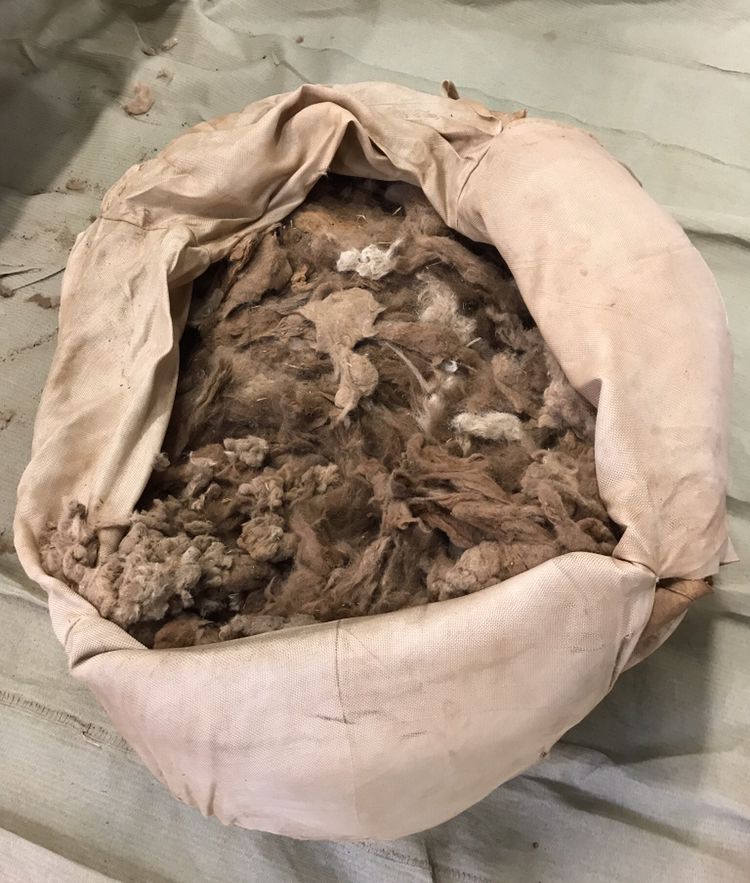Afghan Camels in Australia
Afghan cameleers in Australia, also known as "Afghans" or "Ghans", were camel drivers who worked in Outback Australia from the 1860s to the 1930s. Small groups of cameleers were shipped in and out of Australia at three-year intervals, to service the Australian inland pastoral industry by carting goods and transporting wool bales by camel trains. They were commonly referred to as "Afghans", even though they originated mainly from British India, and others from Afghanistan, Egypt and Turkey.[1] The majority of cameleers, including Indian cameleers, were Muslim, while a sizeable minority were Sikhs from the Punjab region. They set up camel-breeding stations and rest-house outposts, known as caravanserai, throughout inland Australia, creating a permanent link between the coastal cities and the remote cattle and sheep grazing stations until about the 1930s, when they were largely replaced by the automobile.[1] They included members of the Pashtun, Baloch, and Sindhi ethnic groups from south-central Asia (present-day Iran, Afghanistan and Pakistan); others from the Punjabi, Kashmir, and Rajasthan regions of the Indian subcontinent; as well as people from Egypt, Iraq, Syria, and Turkey. They provided vital support to exploration, communications and settlement in the arid interior of the country where the climate was too harsh for horses. They also played a major role in establishing Islam in Australia, building the country's first mosque at Marree in South Australia in 1861, the Central Adelaide Mosque (the first permanent mosque in Adelaide, still in use today), and several mosques in Western Australia.
Many of the cameleers and their families later returned to their homelands, but many remained and turned to other trades and ways of making a living. Today, many people can trace their ancestry back to the early cameleers, many of whom intermarried with local Aboriginal women in outback Australia.

Location
Terms and Conditions
Unless otherwise credited all photographic Images are Copyright CamelToursNT and Nigel Campbell.
Camel Tours NT is formerly known as Camels Australia
Website designed and developed by Captovate
